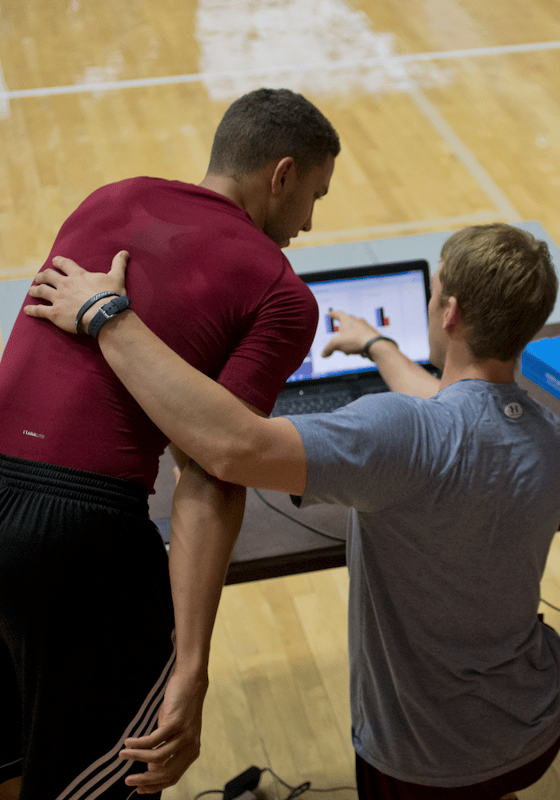
One of the greatest challenges for coaches and sports medicine is the consistent compliance of their athletes. For coaches and practitioners who do not have direct control of athletes’ playing time, scholarships, or salaries, holding your athletes accountable can be a much more challenging task. Ideally your organization instills accountability from the top down; but with a culture of education and trust, you can greatly improve compliance by getting your athletes involved in the process.
Compliance has much more to do with motivation than it does with assignment. For example, there are countless research studies shedding light on the causes of obesity. However, the current obesity epidemic isn’t because of a lack of understanding of the causes, but a lack of execution of the intervention. Educating your athletes as to the “what” is no doubt important, but inspiring them, setting them up for success, and holding them accountable is what will define your influence as a coach.
To create this buy in, athletes must believe you have their best interest at heart. The best way to get trust is to give trust first. By showing transparency as a coach or practitioner, we can build a trusting relationship with our athletes as well as allow them to hold us accountable. Telling an athlete to do something “because I said so” not only doesn’t work with today’s athlete, but it immediately suggests an athlete is not in control of their own athletic destiny. To improve compliance and buy in, athletes need to have a sense of ownership.
Technological advances should be used to allow coaches more time to do these things that technology can’t. Where technology can help in this context, is by monitoring compliance and creating a conduit to easily collect this information. Athletes should be recording their training, and be able to see their progress over time. They should be recording their sleep, nutrition, and other regeneration or recovery methods that are assigned. Using wellness surveys and collecting RPE are both great ways to collect meaningful information from your athletes.
None of these concepts are new; some of us older coaches remember keeping training journals in spiral bound notebooks before the invention of computers. Technology should simply allow a much easier collection of this information, as well as a better and more efficient way to view, analyze, and share this information with your athletes. Athletes do not want to feel as though they are guinea pigs, simply testing your technology. They need to be allowed to participate in the data collection process, and understand how and why decisions are made based on the data you collect. By allow athletes to be a part of this data collection, you give them ownership and make them a part of the process, not simply a subject of the program.
If your number one goal is to help the athlete, the athlete must be an active participant in your program. This is not to say you as a coach need to compromise your expectations and beliefs, there is no substitute for conviction of your philosophy as a coach. However, building trust and relationships will help your athlete to better understand these expectations. Input from your athletes should continue to drive conversations and improve compliance and trust within your organization. Using technology can allow the athlete to better take ownership of their program, and allow you as a coach to objectively hold them (and yourself) accountable.